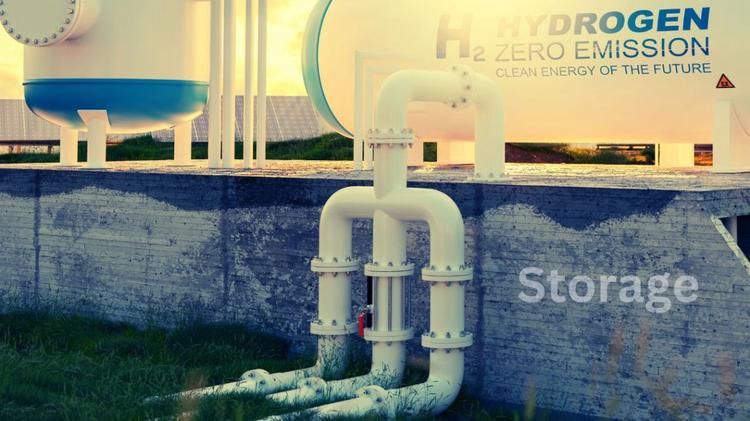
The hydrogen storage project unveiled by the two companies will reportedly be located in Lower Saxony, Germany, and marks the next step in the companies’ joint goal to develop H2 storage capacity.
The H2CAST pilot project.
Gasunie, a Dutch natural gas infrastructure and transportation company, and Storag Etzel, the largest (and only) independent provider of underground energy storage capacities for natural gas and crude oil in Germany, have been collaborating on testing hydrogen storge in salt caverns for over a year.
Since January 2023, the companies have collaborated on H2CAST, a pilot project that is testing H2 storage in two existing caverns in Etzel. Under the new project agreement, the two companies will develop and operate the multi-cavity facility in Etzel, and Gasunie will be responsible for investigating the H2 storage facility’s feasibility.
The hydrogen storage facility will have up to 1TWh capacity.
The multi-cavity, large-scale hydrogen storage caverns to be developed in the Etzel salt dome will reportedly be capable of holding up to a total capacity of 1TWh (terawatt hour) of hydrogen.
Etzel is considered an ideal location for the project as it is located with connections to the hydrogen markets in the Netherlands and Germany. Additionally, it isn’t far from the future Gasunie hydrogen network Hyperlink and the Energy-Hub port of Wilhelmshaven.
Effective energy needs good storage facilities.
According to Gausine, an effective energy market cannot exist without decent storage facilities since supply and demand are not always in sync. Furthermore, storing energy in hydrogen can also help ensure energy will be available during times of low energy production from renewables like wind and solar. Salt caverns can be a promising option for hydrogen storage as an energy carrier.
Salt caverns are artificial cavities created in geological salt deposits. Salt is drilled to form a cavern. From there, water is injected into the salt to dissolve it. The brine that results from the process is extracted. This leaves room for a large and tight cavern. After being purified and compressed, hydrogen can be injected into a cavern to be stored under pressure.
Storing hydrogen in salt caverns is believed to have multiple advantages including:
Flexible injection and withdrawal cycles to meet the needs of the H2 market.
Safe storage for large quantities of hydrogen under pressure.
They can be quickly converted to hydrogen storage.
Helps to support the development of the green hydrogen sector by securing H2 supply.